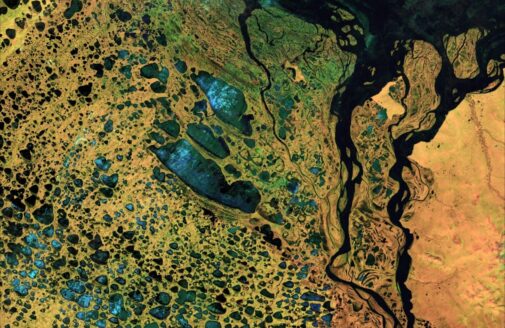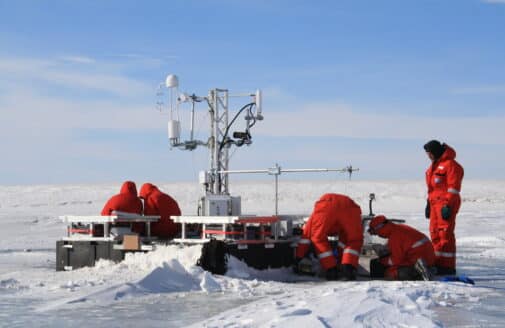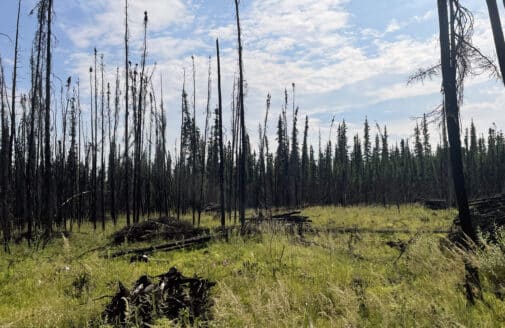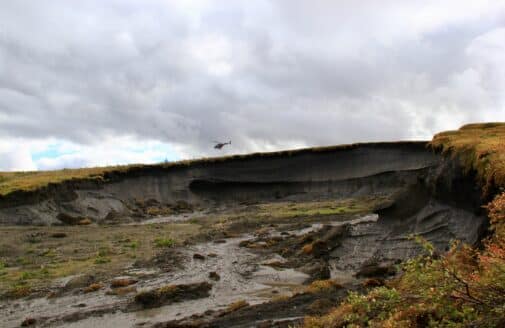Arctic permafrost thaw adaptation and mitigation policy priorities
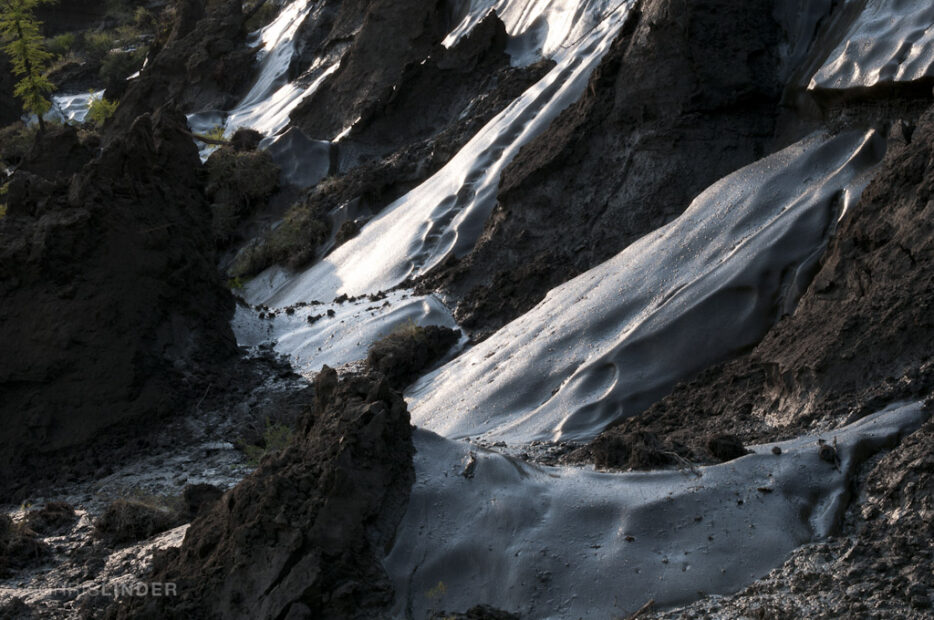
Permafrost Pathways’ recommendations for urgent congressional action
Rising temperatures across the Circumpolar North are catalyzing more severe and intense environmental hazards in the US-Arctic region. Among the most dangerous trends is thawing permafrost, i.e., the loss of continuously frozen ground that underlies roughly 38% of land surface in Alaska. As permafrost thaws, it destabilizes critical infrastructure, destroying homes, schools, roads, and public utilities. Compounding effects of flooding, erosion, and thaw-induced ground collapse pose imminent environmental threats for at least 144 Alaska Native communities. Permafrost thaw also holds global significance, as it contains an estimated 1.4 trillion tons of carbon, or roughly twice as much carbon as is currently in the Earth’s atmosphere. Without aggressive, near-term climate mitigation, resulting greenhouse gas emissions (carbon dioxide and methane) from permafrost thaw and increasingly intense wildfires in the Arctic-boreal region may be on par with the highest-emitting countries. Fortunately, Permafrost Pathways understands these challenges and is working to leverage the best available science to avoid worst climate scenarios and to advance equitable adaptation responses to permafrost thaw.
The policy recommendations linked to the right are informed by active collaboration with Arctic communities, scientific experts, youth leaders, and innovators in both the public and private sectors. They are intended to align with current US federal policies, including those named in the 2022 National Strategy for the Arctic Region and its Implementation Plan (2023), which identified Permafrost Pathways as a key partner in US government efforts to advance a more resilient and secure Arctic region.





